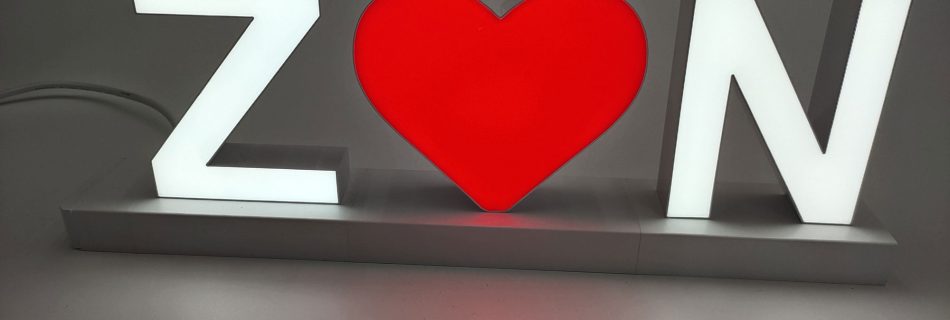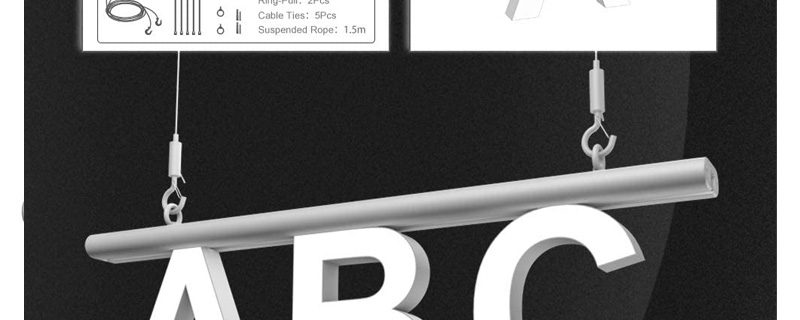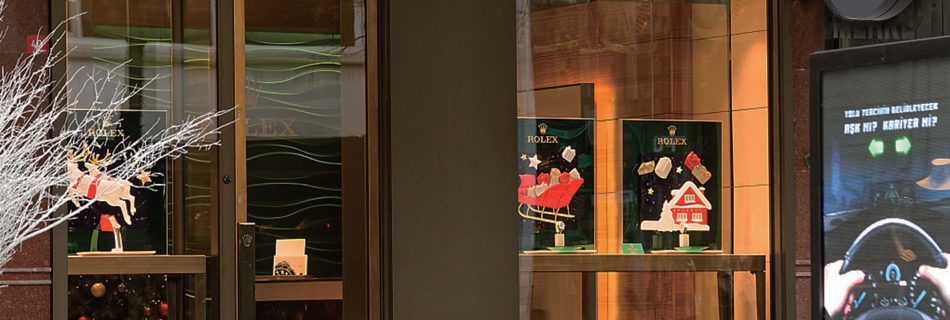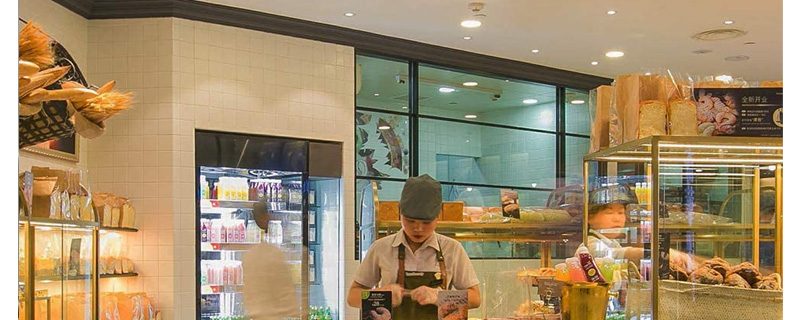Luminous store signboard or non-luminous store signboard, which one is better ?
The shop signage can also be called the store signboard. In fact, everyone expresses it differently, and it is essentially the same product. Of course, different types of store fronts require different types of signs, because different signs have different characteristics and different display effects. This effect usually needs to be consistent with the function …
Read more “Luminous store signboard or non-luminous store signboard, which one is better ?”






